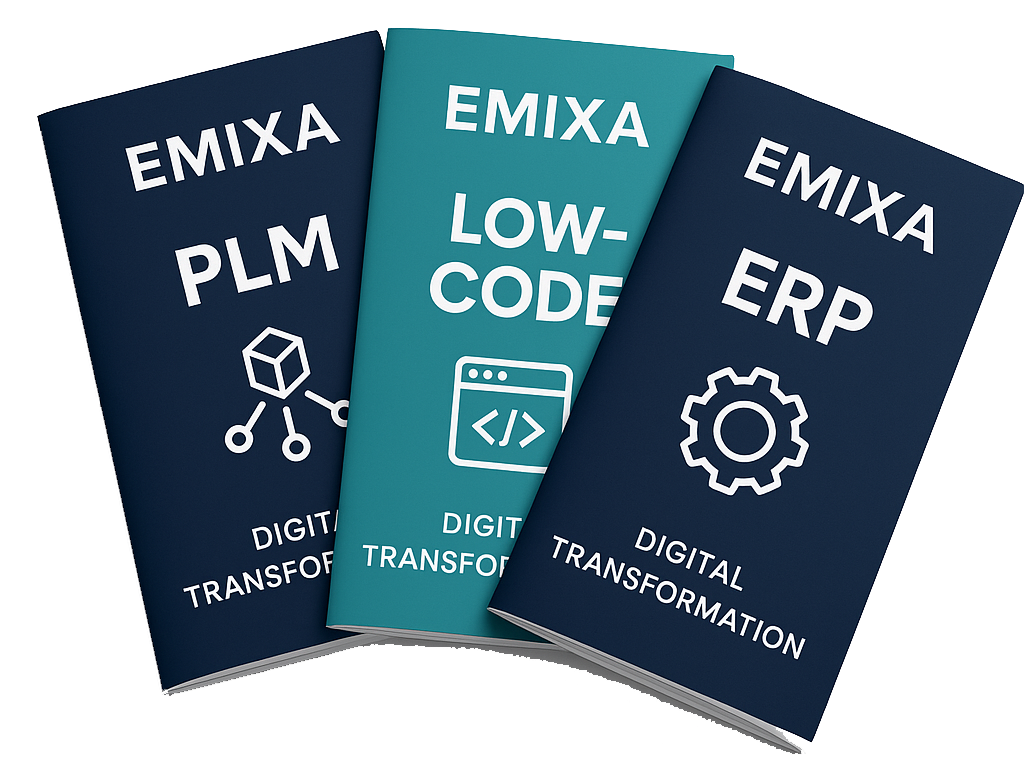
- Digital Transformation
Farewell to your Legacy Software; Is it a Big Project?

As an IT manager, you may have found yourself in a dilemma for some time. On one hand, you want to meet the business demand for making rapid adjustments as your processes evolve. On the other hand, the current enterprise architecture is too rigid for this purpose. The suppliers of your existing software may not be able or willing to meet your needs because, for example, the support for the current software will soon expire. Or because your supplier immediately indicates that the adjustments will be expensive custom work.
Parting ways with that legacy software can be a significant project, and you prefer to postpone it. However, the time has come for you to make a decision. How can you ensure that your organization can still develop?
The risks of maintaining Legacy Software
While it may sound tempting to continue using your current software and postpone that big project, there are risks to this strategy.
You are likely spending more and more money on keeping your existing software running. Additionally, these systems can 'collapse' at any moment because they are no longer supported by the developer. Or they may act as a hindrance when you want to implement other upgrades. Moreover, you also face a greater risk of hacks and data leaks because systems that are no longer kept up-to-date by the developer also do not receive security updates.
And those are just the technical risks. What happens if your customers make demands that you cannot meet but your competitor can? Or if you want to keep up with digital transformation by automating certain processes, but your software is the inhibiting factor? In that case, your company cannot achieve the growth it aspires to.
By taking the step towards an up-to-date IT environment now, you prevent getting stuck in the near future.
Replacing legacy doesn't have to be a big project
If you want to replace your legacy systems, it can indeed be a large project. You might consider replacing your entire application landscape at once with an off-the-shelf product, for example. This is a ready-made system that meets all your specified requirements. This replacement method involves a lot of effort. Sometimes this is the best solution. However, if your needs do not completely align with these off-the-shelf systems, you may encounter limitations. In that case, it's better to opt for a different method of legacy replacement.
Phased and supported replacement
Another possibility is that you don't have to overhaul the entire enterprise architecture immediately. You can start with one or two applications and gradually expand. Alternatively, you can develop missing functionalities in addition to your current system to quickly meet the business's needs. This not only has financial benefits but also helps increase acceptance and adoption within the organization. By involving employees in the development of new applications from day one, for example by having them create user stories, they feel partially responsible for the software. This makes them more willing to think about possible improvements.
A good example of a phased replacement of legacy software is the digitization process at the Nationale Hypotheek Garantie (NHG). There, we developed multiple applications in phases while the core system remained in place. Existing processes were gradually converted to new applications, with the necessary data being sent to and from the legacy system in the background. Simultaneously, new functionality for chain partners could be delivered, which was not possible with the existing system. After careful testing and planning, all data was migrated to the new Mendix applications, and the existing system could be deactivated.
Using Mendix to replace your existing software
We often see clients with needs that cannot be met with standard software solutions. To align with the client's way of working, we develop custom software for them, fully tailored to their needs. We do this with the Mendix platform. With Mendix, you can quickly and cost-effectively build new applications. You can rebuild an existing application, the functionalities of which you want to retain, and/or complement it with the additional functionalities you miss in your current software.
Quick and Cost-Effective
The significant advantage is that, thanks to the low-code way of developing in Mendix, you can create a usable system much faster than with conventional platforms. This allows us to deliver a piece of usable functionality in bi-weekly iterations. This not only helps create the most perfect application that aligns with the processes in your company, but it also helps convince your management team. After all, you don't have to spend large sums of money immediately to prove that desired functionalities can be developed quickly.
Seeing is believing
We can certainly tell you how powerful Mendix is and how suitable this robust platform is for replacing your legacy software based on various cases. But we also know that 'seeing' often leads to 'believing.' That's why we prefer to let you experience for yourself what you can achieve with Mendix. Both for today's needs and the requirements for the coming years.
With our 'Seeing is Believing,' you can test this innovative and effective way of software development before making strategic decisions. In three days, we develop an initial application on a topic of your choice with two business engineers and a UX/designer. The entire development takes place on-site so that everyone can watch and experience how the collaboration will be. The 'Seeing is Believing' experience concludes with the presentation of the working application.
Want to know more?
There are plenty of opportunities to drive forward digital transformation in the tech industry. Would you like to improve the digital state of your organisation? And are you looking for a partner who can help you achieve this goal? In that case, Emixa is the right fit for you. We translate complex issues into simple, user-friendly IT solutions that accelerate your digital transformation and take your business to a higher level. Don’t hesitate to contact us. We would be delighted to meet you!
Author: Minke van Dooremalen | Marketing Manager
Published date: August 26, 2025

Explore our Technology. Access our downloads center.
Access NowStart your Digital Transformation with Emixa

We help businesses transform their digital future with cutting-edge technology and strategic products & services


